
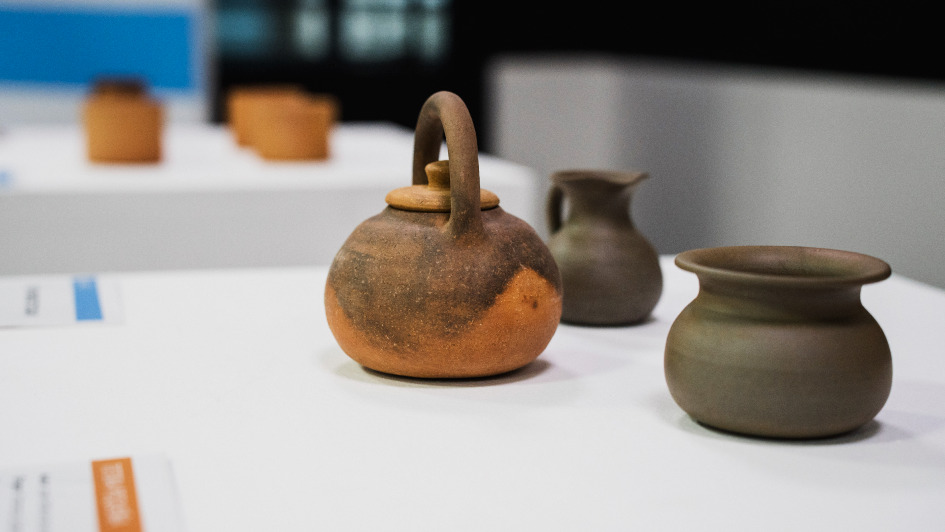
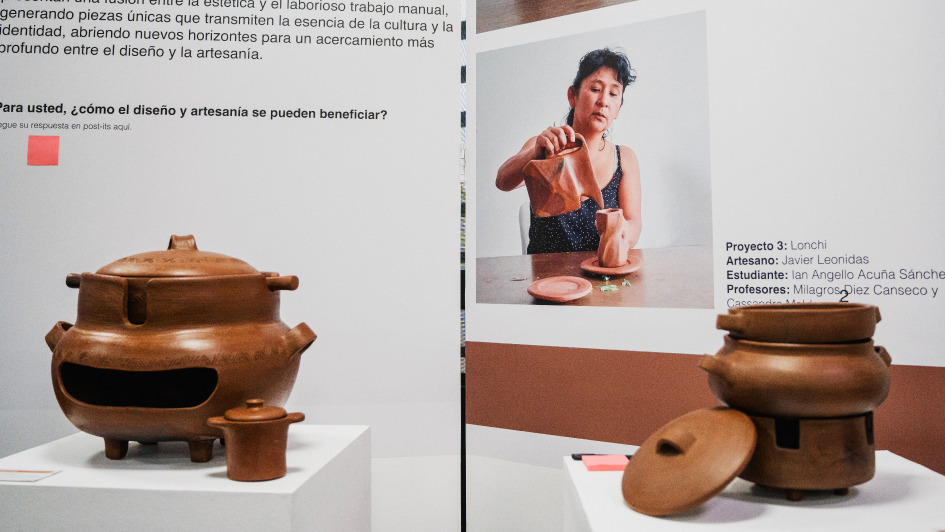
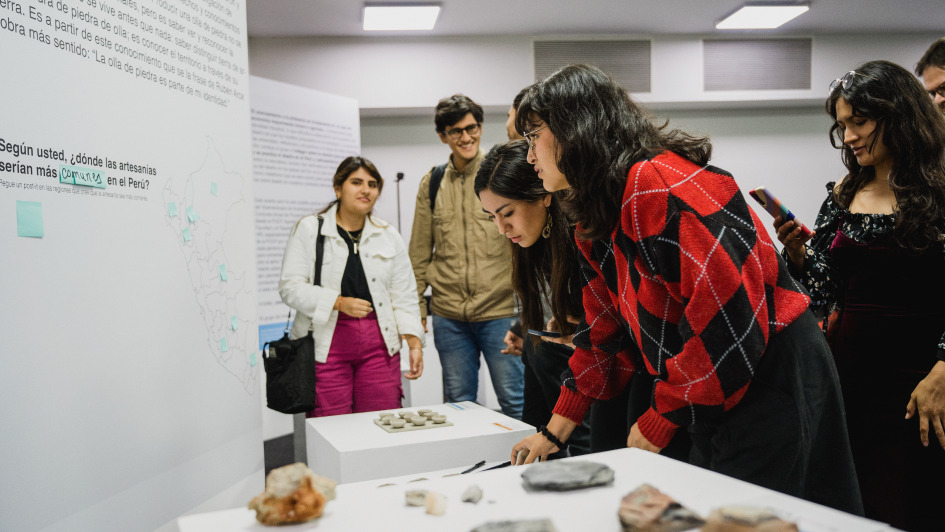
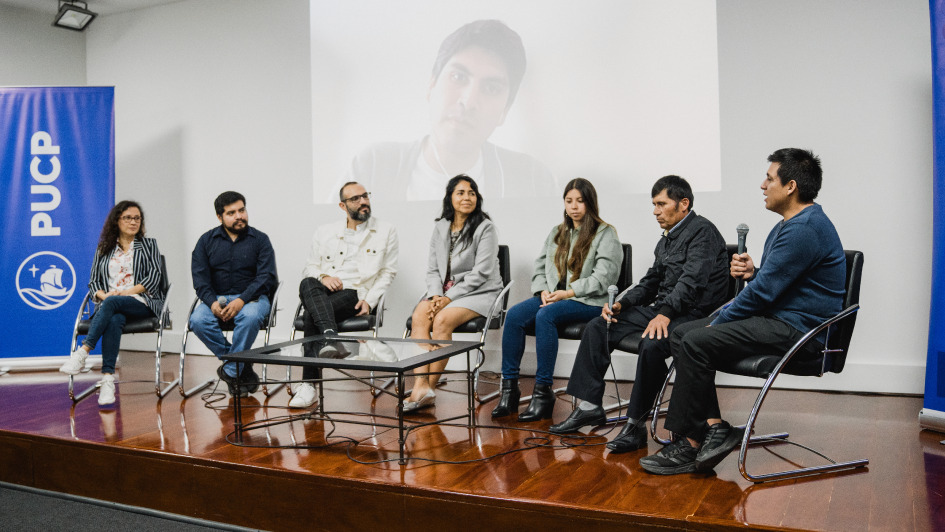
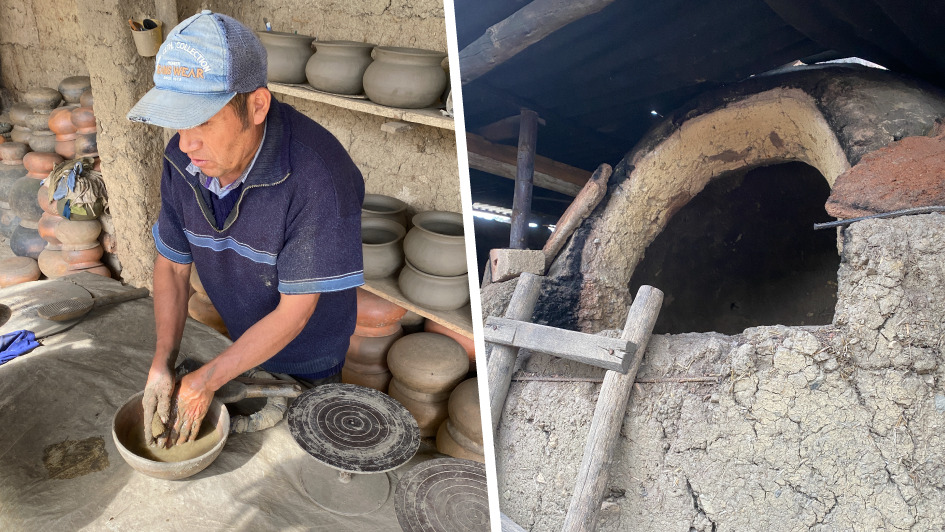
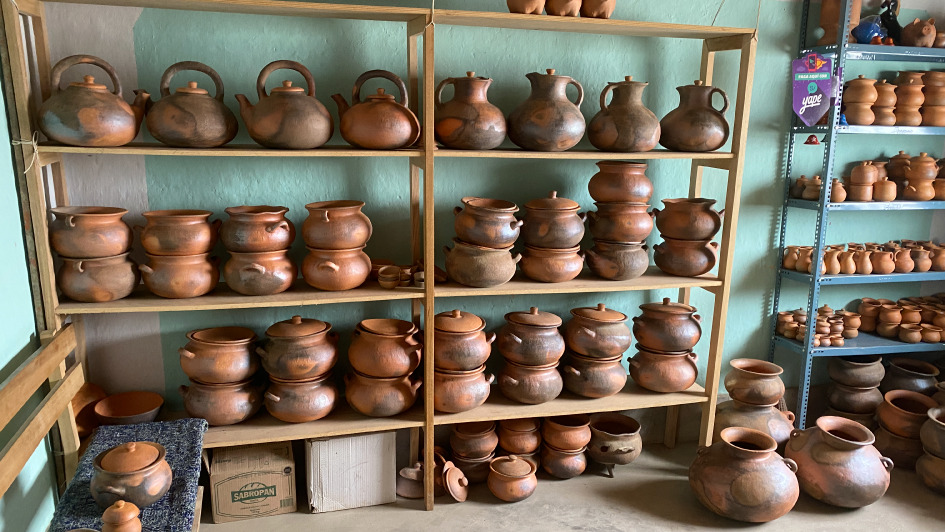
“We find ourselves in times when understanding our relationships with our environment takes place on different levels: as people, as citizens of a country and as designers,” says M.Sc. César Lucho, Professor of the Academic Department of Art and Design.
Starting from this premise, under the leadership of Lucho, the team of researchers and professors, comprised of Claudia Ayala, Cadu Silva, Licia Torres, Juan Montalván and Consuelo Cano, decided to explore those opportunities and duties at each level.
“One aspect that we made visible was our closeness to culture, and its relationship with design made from, for and by communities. With this, it was identified as an opportunity the understanding of the socio-cultural manifestations of certain human groups are produced, understood, and used in our daily lives,” he explains.
In that context, the Olla del Pueblo project emerged, the results of which were presented on June 23 and 24, in an exhibition of the materials, objects and techniques collected during the research, as well as pots made by PUCP students.
Likewise, the theoretical and conceptual findings of the research were presented through oral presentations, and some guidelines on policies on design and crafts for Peru will be set out.
Although it is a common object, the pot, actually, is an element that goes beyond its original functions: it has been an element for protest (cacerolazo), used in everyday phrases (“the pot went away”), used as a percussion instrument until it was played with its phonetics and it was the symbol of a Peruvian political party that won the presidential elections last decade. In these examples, the pot was adopted by different groups of people and some of its tangible or intangible characteristics were used for a new purpose.
Facing this phenomenon of adoption and reorientation of its purpose, the team wanted to explore what the original function looked like and what the pot represented for local producers, that is, craftsmen.
Although it was initially planned to do it from design, as the team researched, the need to focus much more on understanding the design theory and anthropology emerged. To do this, the initial methodology was divided into three levels: production, marketing and consumption. During a trip to Cajamarca, we contacted Fidel Arce, a craftsman specializing in pots from the Chancay region, there we were able to validate the need for that methodological approach.
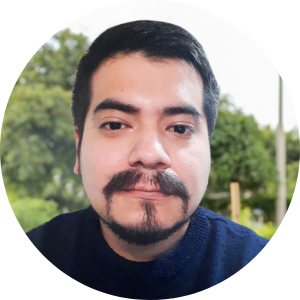
One aspect that we made visible was our closeness to culture, and its relationship with design made from, for and by communities. With this, it was identified, as an opportunity, the understanding of the socio-cultural manifestations of certain human groups are produced, understood, and used in our daily lives.”
César Lucho, M.Sc.
Professor of the Academic Department of Art and Design, and Project Coordinator
First, the project changed and resulted in the need to generate a space to listen to the different actors who participate in the different experiences within the framework of the three levels mentioned above. This space is, precisely, “In the Oven”, an event where we present the experiences, projections and also how this is articulated with the education of students from the Industrial Design program.
Second, within this same space, generating the opportunity to identify the opinions and considerations, which start from the different actors, in order to generate possible guidelines for future processes of interaction between craftsmen and designers. From there, the second day focused on dialogue, analysis and reflection.
Finally, thanks to the work of the assistant of the Ceramics Laboratory from the School of Art and Design, Madeleine Rodríguez, we were able to obtain results of burns of the different stones used by craftsman Fidel and other craftsmen of the region.
After this exhibition, and taking up the original vision of the project, it is expected, as well as the development of articles based on thoughts on all the experiences described, to develop proposals with a co-creation approach with craftsmen, validating the approach and collaboration proposed by the team.
In the future, it is expected to see this space as a moment where, with a decolonial overview, the design, the academia and the different actors involved in what becomes the field of craftsmanship converge to discuss, at the same time and on equal terms, as it should be.
© 2020. Pontificia Universidad Católica del Perú – All rights reserved.